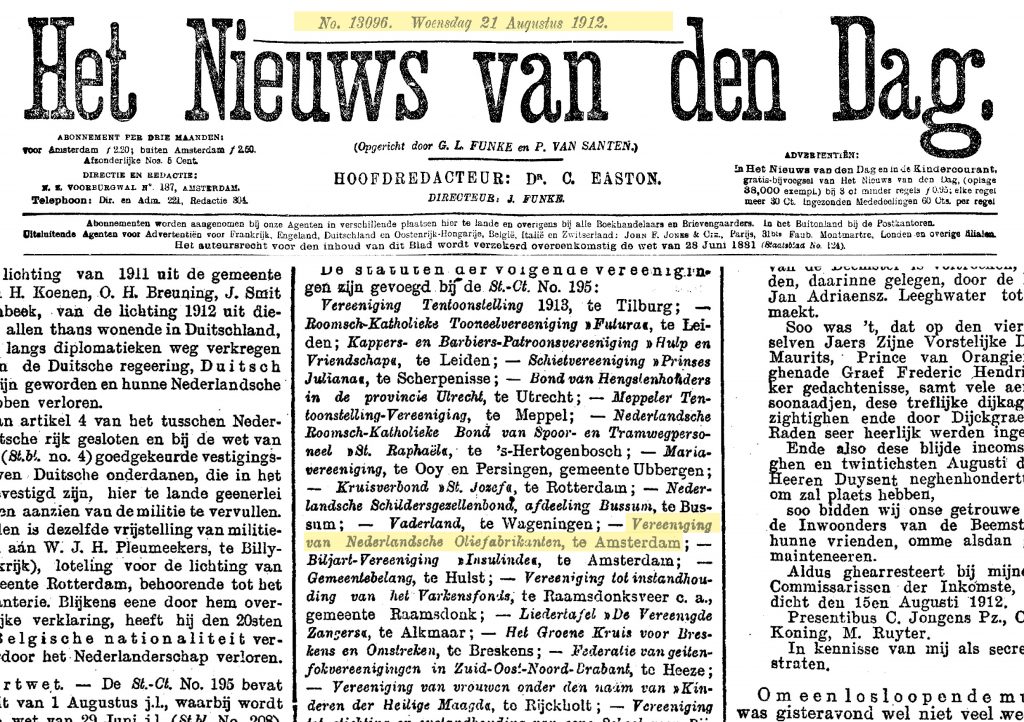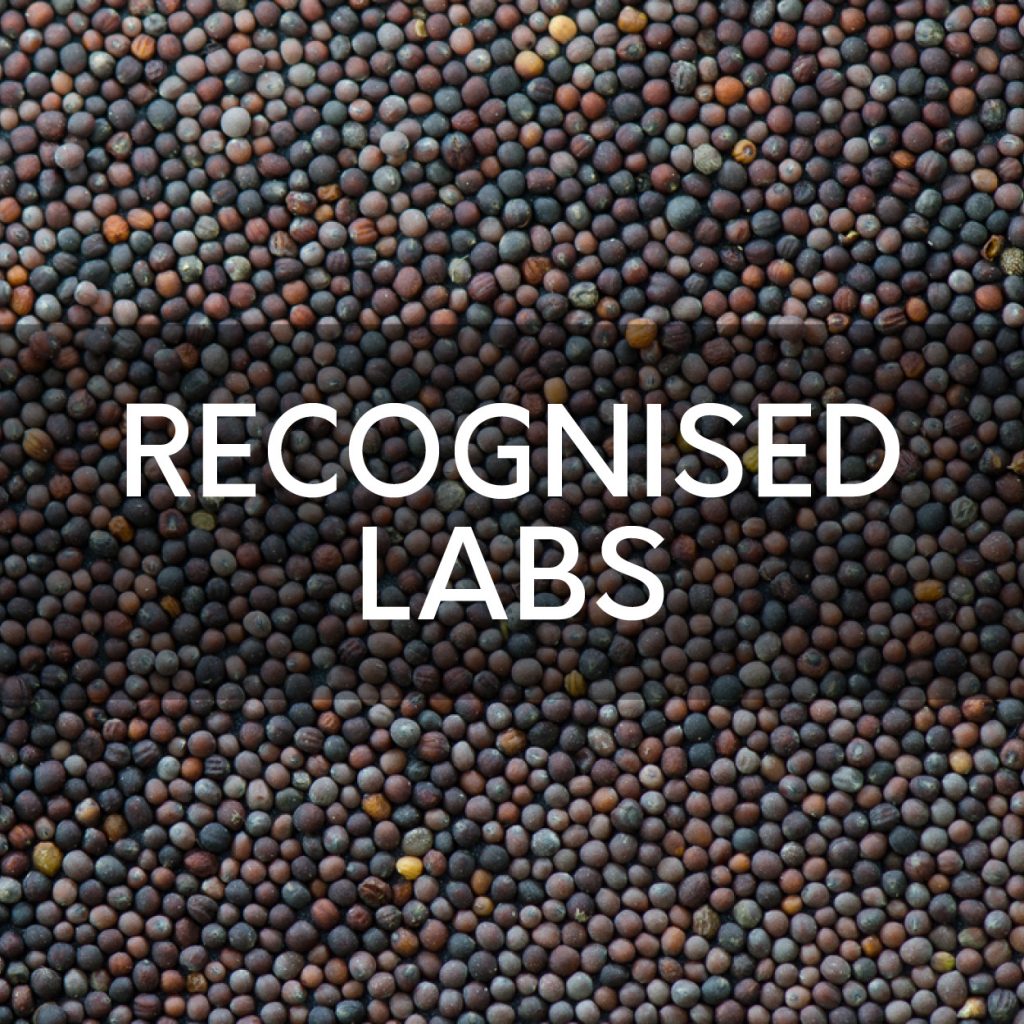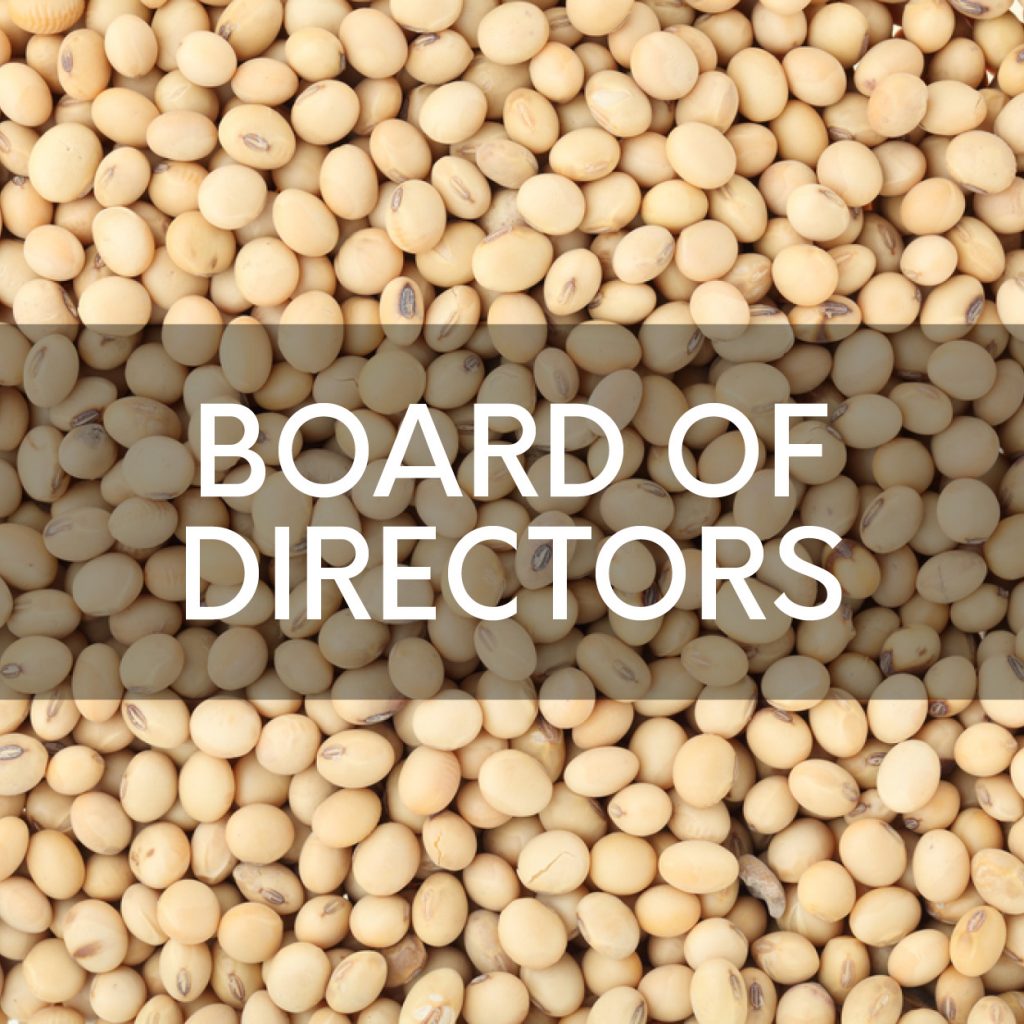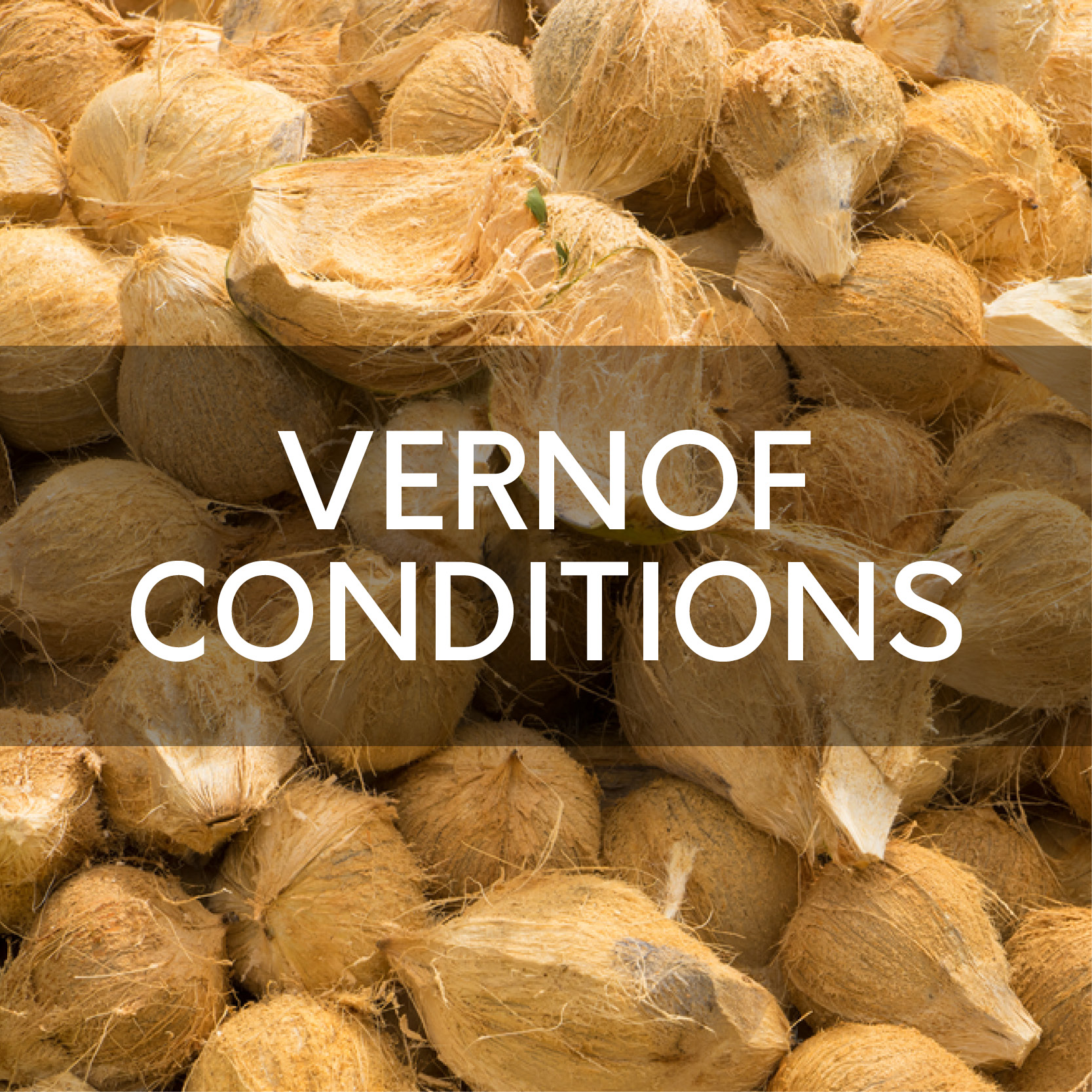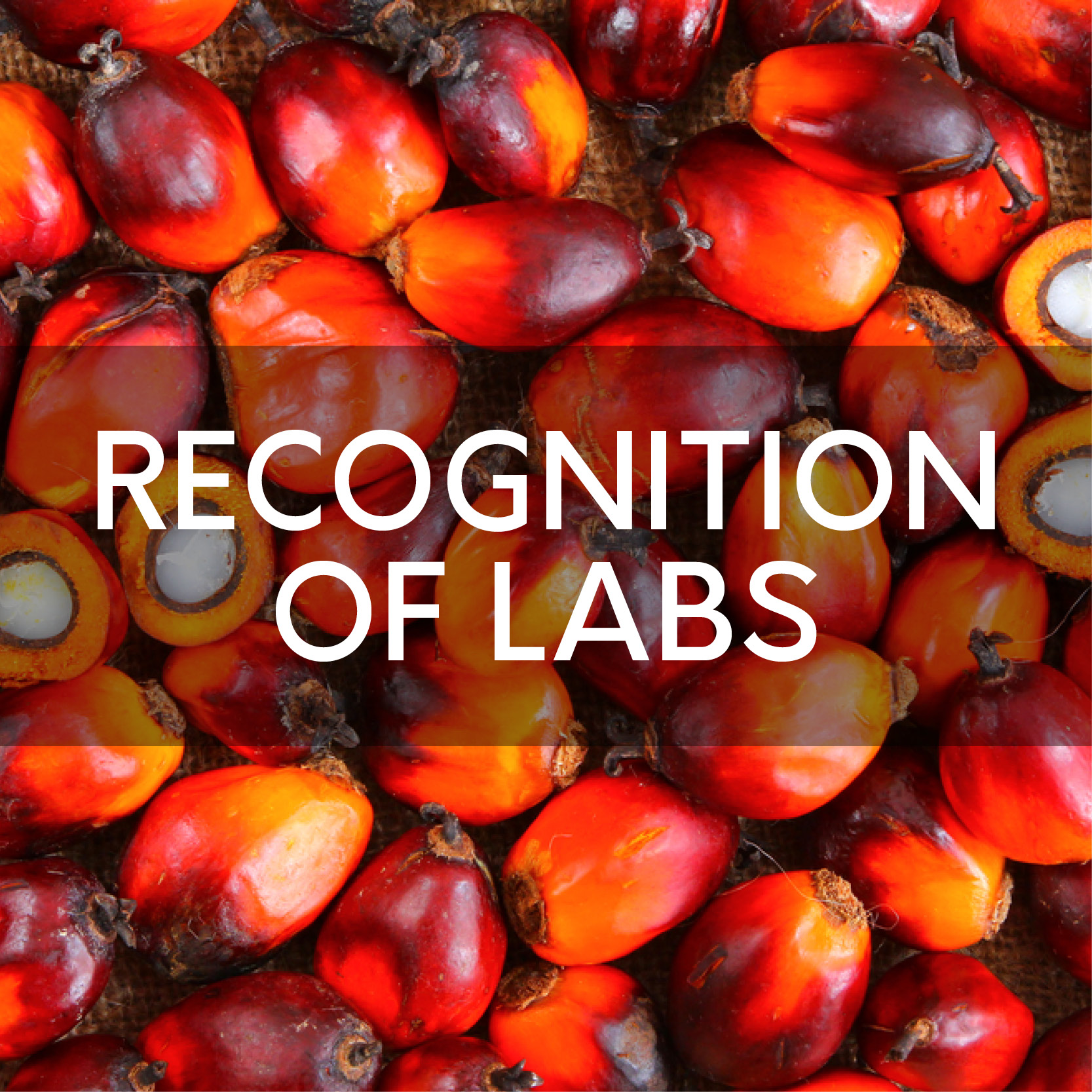History of the vegetable oil industry in The Netherlands
In the Zaanstreek windmills process linseeds and rapeseeds into oil for lamps and linoleum and cake for cattle. This is in the 17th century. Two centuries later steam powered windmills emerge. The first margarine factory appears in 1871. Palm oil is introduced. After the Second World War there is a firm growth of animal husbandry with a similar increasing demand for soy protein. The increasing consumption processed food products drives demand for seed- and tropical oils and oil products derived thereof. The introduction of EU policy for renewable energy in 2010 creates a new market for amongst others use of rapeseed oil in biodiesel.
The Vereeniging van Nederlandsche Oliefabrikanten lays down its statutes in 1912 in Amsterdam. The early seventies of the last century is the era of the small oil crisis. To avoid confusion with mineral oil, the term “edible oils” is added to the name of the association. The Vereniging van Nederlandse Fabrikanten van Eetbare Oliën en Vetten is founded in 1973. By then crushers increasingly have on-site oil refining. Established in 1940, the Vereeniging van Nederlandsche Olie- en Vetraffinadeurs (Veneolvera) ceases to exist.



